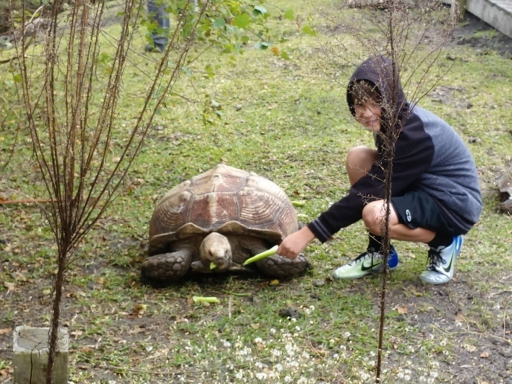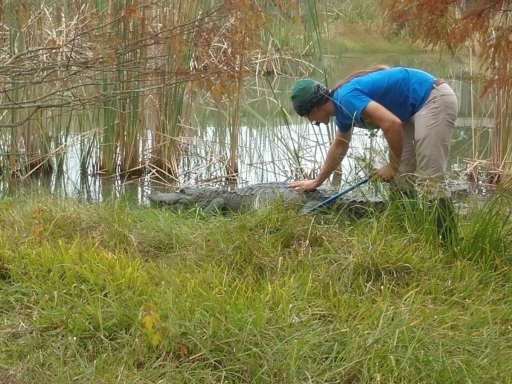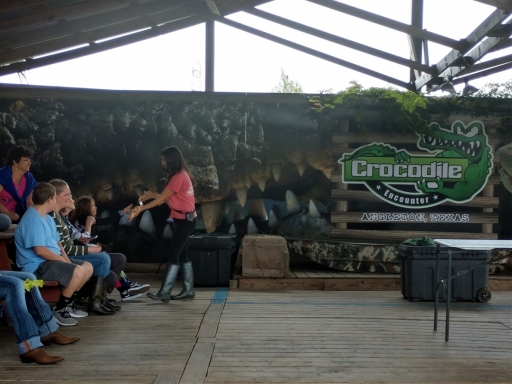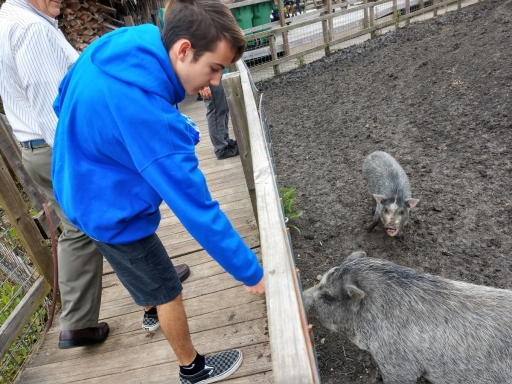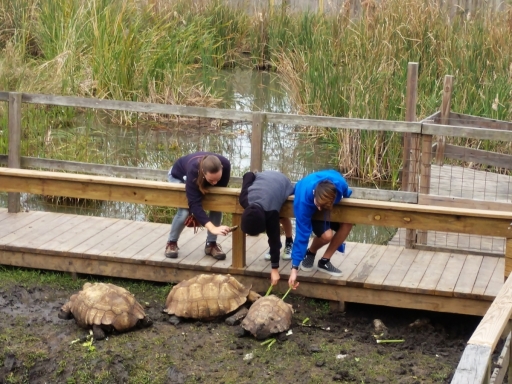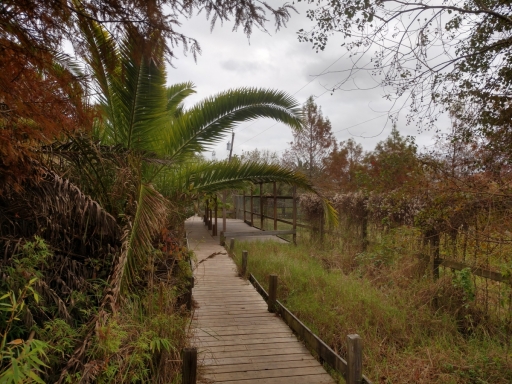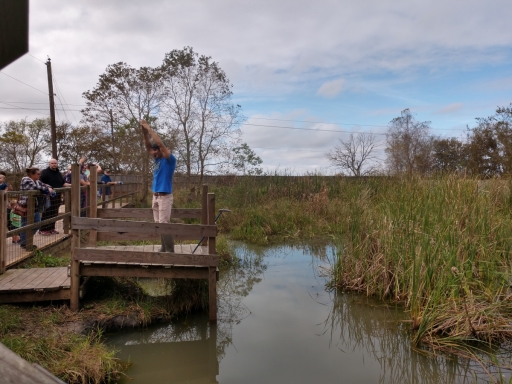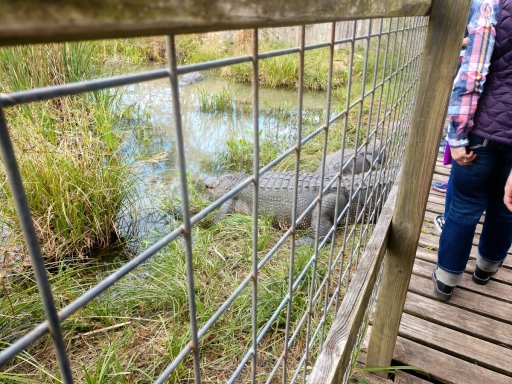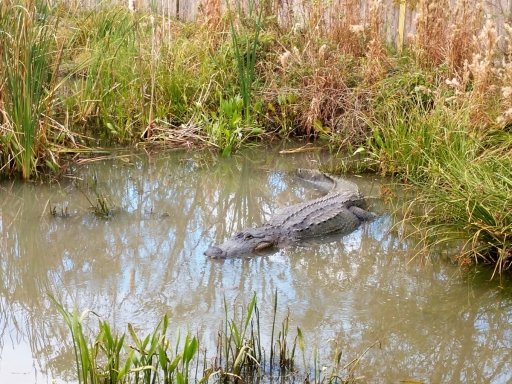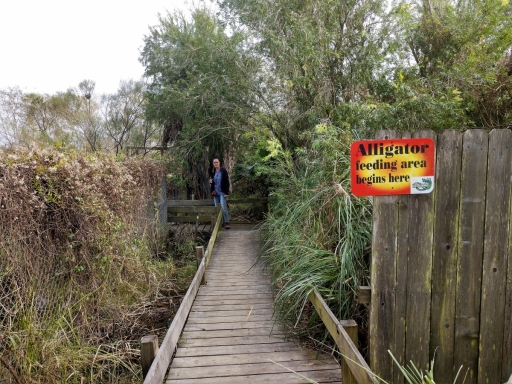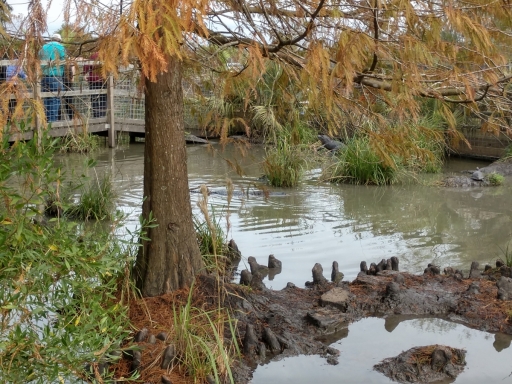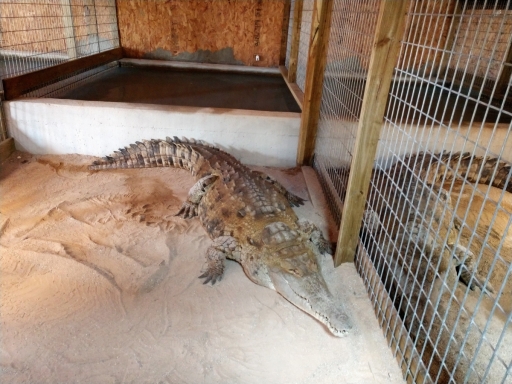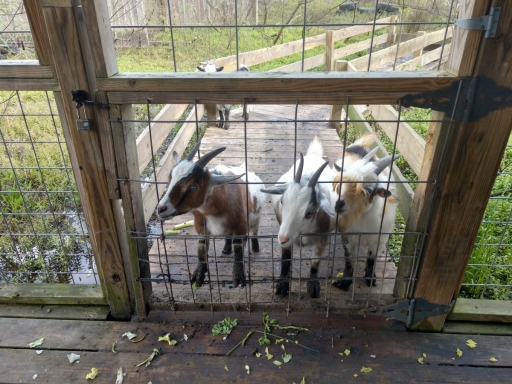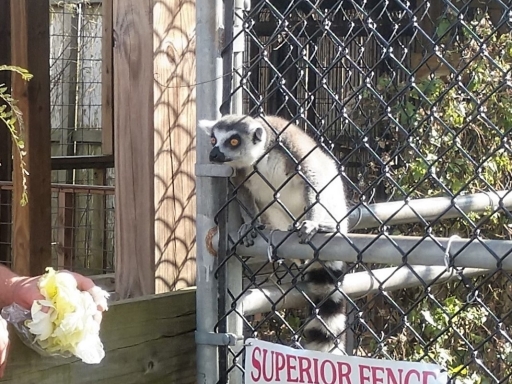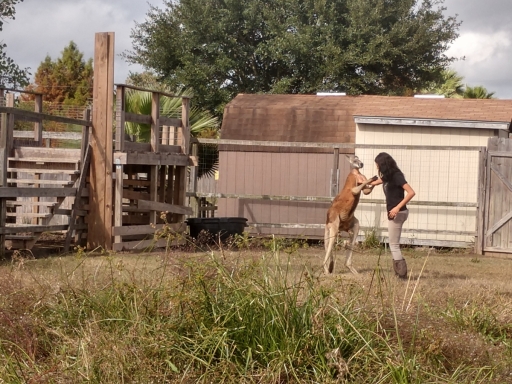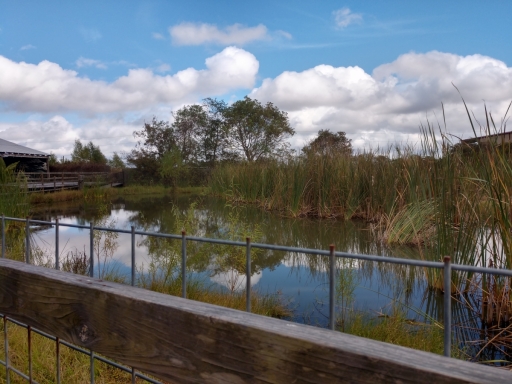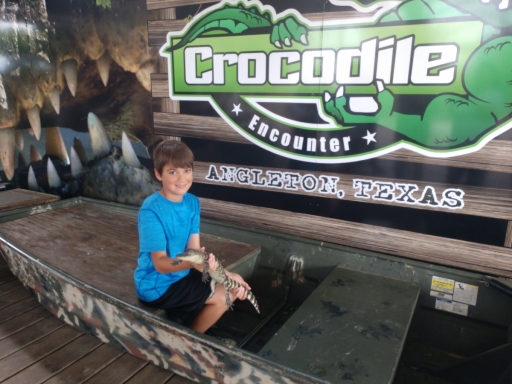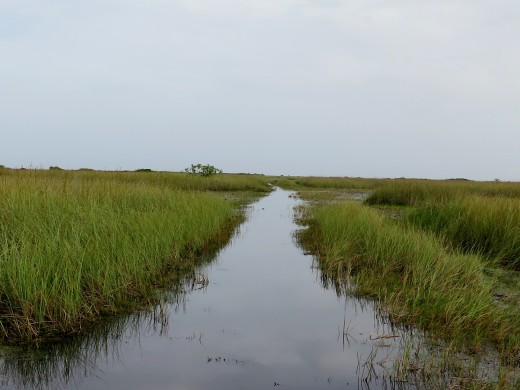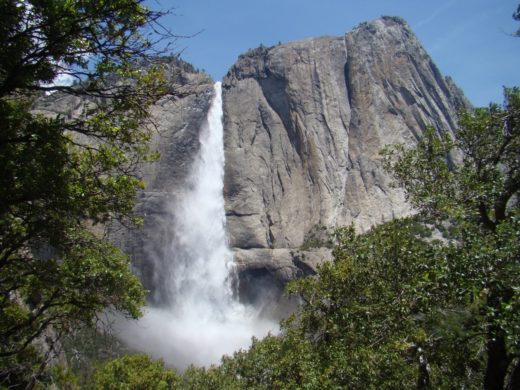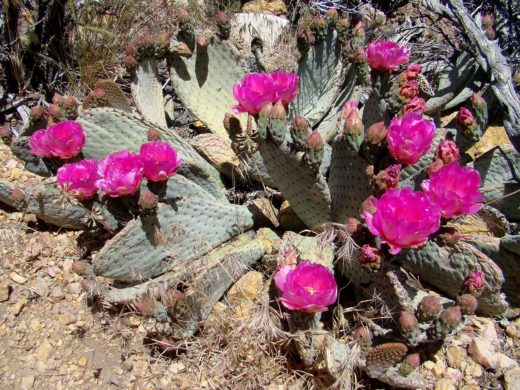Crocodile Encounter in Houston, Texas
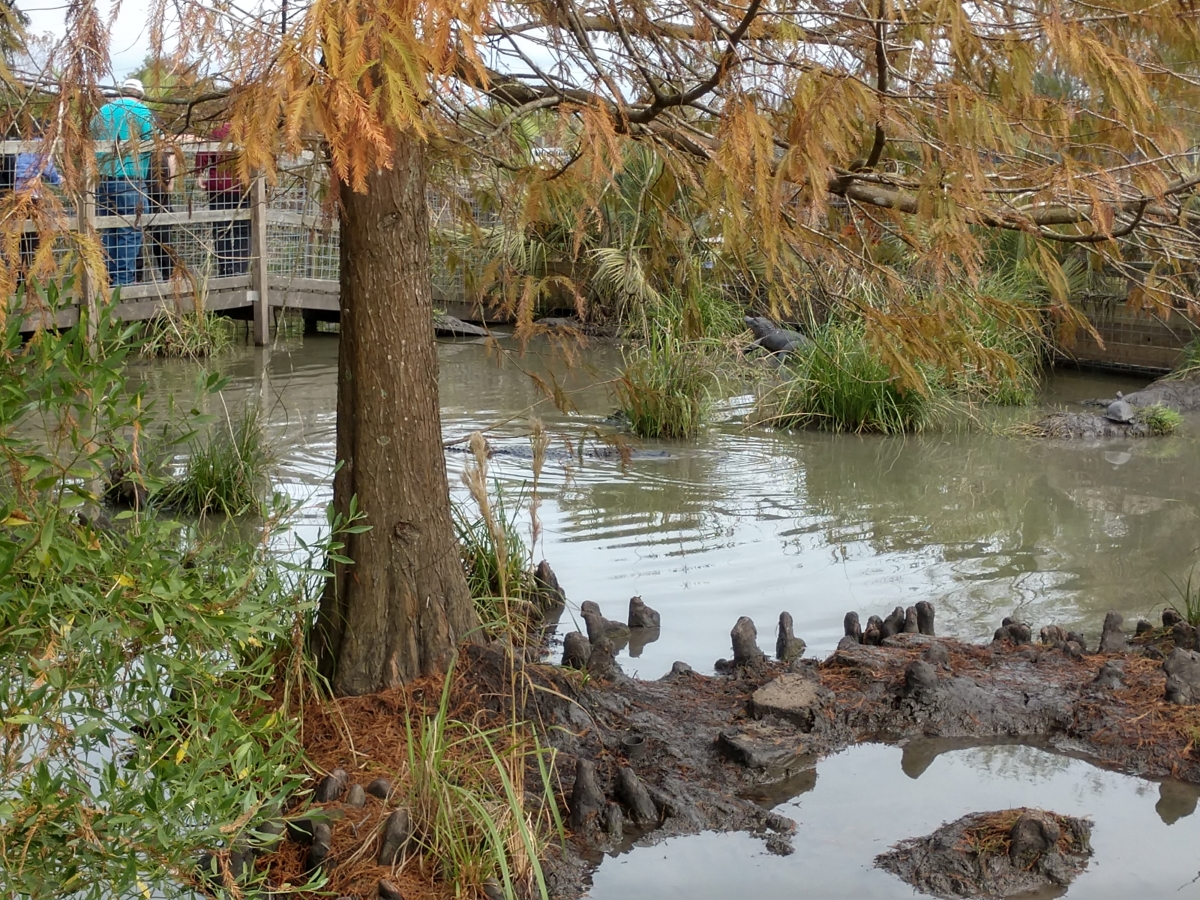
During the Thanksgiving weekend, we took a day trip to visit the “Crocodile Encounter Refuge” in Arlington, Texas, about half an hour from downtown Houston. We were sure it would be an adventure, otherwise not knowing what to expect. The wildlife refuge had much more to learn about than crocodiles, we found many reptiles and mammals — some endangered — on our walking tour of the grounds. This was an interactive tour, some animals could be fed and touched, others were definitely “off limits” to humans. It was a great way to spend an afternoon with family — and the tour appealed to all ages.
Crocodile Encounters is owned by several school teachers who began their business taking small animals to schools for “learning experiences.” They still have this aspect of the business, but now also operate the wildlife refuge. They have assembled quite an array of animals for a walking “learning tour.” The tour guides are very knowledgeable about the animals and are comfortable being around the animals as appropriate. This alligator is one of the more friendly alligators and allowed the tour guide to touch her. The naturalist took appropriated precautions. Don’t try this yourself!.
The tour began with several surprise “show and touch” animals. This is a corn snake who lives on farms in corn fields and helps control the rodent population eating mice and other varmints. It’s a beneficial snake for farmers and didn’t mind being held and touched. With small mouth and teeth, it doesn’t have much “bite.”.
We started the walking portion of the tour passing by some wild hogs. These friendly animals loved the celery.
Next we went to the turtle exhibit. These animals loved celery, too. You could jump into the turtle pen, sit on the turtles and feed them.
We went down an elevated path to the alligators.
The naturalist told an easy way to remember the difference between crocodiles and alligators. Crocodiles have pointed snouts, alligators have rounded ones. He demonistrates.
Alligators can grow to be quite long — and can easily devour a human — although our guide said you have a higher probability of being struck by lightening than being eaten by an alligator.
We were warned sternly not to feed these animals the celery or put your hand through the fence.
There was, however, an area to feed the alligators with pellets which could be purchased at the entrance to the tour.
Can you spot the alligator?
The refuge houses a leucistic alligator or a type of white alligator. This alligator has some melanin in certain parts of its body and appears mostly white as opposed to an albino alligator which totally lacks the pigment melanin and appears all white. This alligator was retired here from a public zoo to live out his natural life. Alligators can survive to be 70 years old! So this alligator may be at the exhibit for quite some time.
Next, we visited the crocodile areas. Crocodiles do not function well in cool climates, so they had been brought to inside cages for the winter. The reserve includes several critically endangered species such as this Orinoco crocodile from Columbia, South America. The reserve is involved in breeding research with several other institutions. To transport these huge reptiles, they were strapped down to rollers and moved. I would not care to encounter a crocodile in the wild — under any circumstance.
We moved along to some mammals. These small goats loved attention, and of course, celery.
The lemurs were from Tanzania, and were quite mean, according to the guide. This one is getting a little too much attention from a visitor.
The kangaroo was interesting, especially standing upright.
Back to the pavilion, we ended our tour. It was educational and interesting. The day was a perfect, cool and sunny day for our walking tour.
And if you ever wanted to hold an alligator, this is the place to do it!
